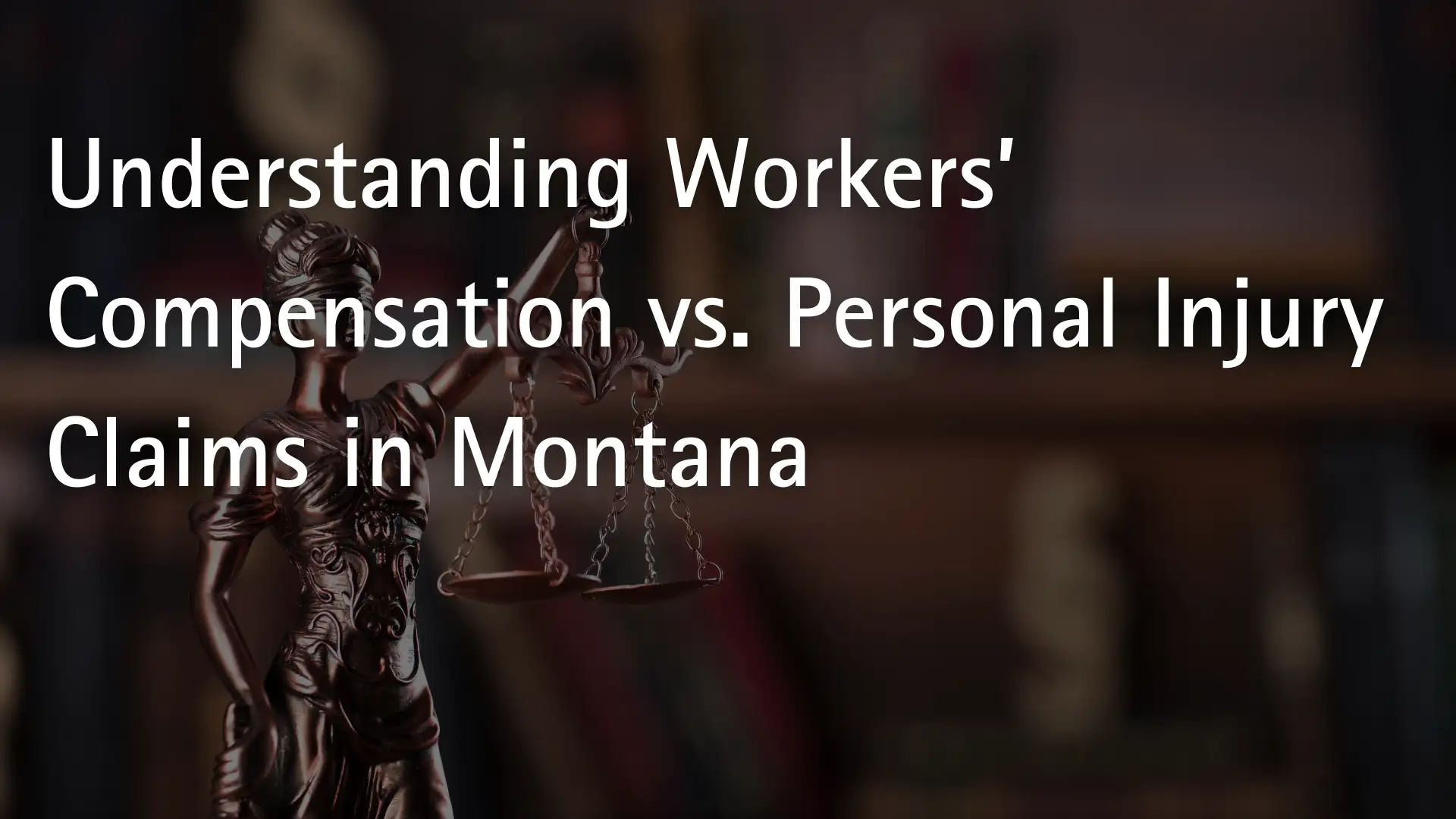
When you sustain an injury at work in Montana, understanding your legal options can determine whether you receive minimal benefits or full compensation for the harm you suffered. Montana’s workers’ compensation system provides basic benefits. However, suppose someone other than your employer caused or contributed to your injuries. In that case, you may be entitled to file a third-party claim or lawsuit to seek compensation that workers’ comp doesn’t provide—highlighting the key difference between workers’ comp and personal injury cases.
Workers’ Compensation vs. Personal Injury – Why It Matters
Workers’ compensation operates as a no-fault system in Montana, which means you can receive benefits whether or not you prove that your employer or coworker caused your injury. This system provides coverage for approved medical services, partial wage replacement, and disability benefits if your injury affects your ability to work. Most employers in Montana must carry workers’ compensation insurance.
Personal injury claims, on the other hand, require proving that someone else’s negligence or misconduct caused your injuries. These claims can provide comprehensive compensation for your work-related injury, including present and future medical expenses, lost wages, loss of earning capacity, and pain and suffering damages—key differences to consider when looking at workers’ compensation vs personal injury claims.
Unlike workers’ compensation, which focuses primarily on medical care and partial wage replacement (equal to about two-thirds of your average weekly wages), personal injury claims can offer full compensation for all losses you suffered.
Another key distinction lies in fault and liability. While the workers’ compensation system does not require proving who was responsible, injured employees who file a personal injury claim must demonstrate negligence or wrongdoing by a third party.
When You Might Qualify for Both
In some cases, you may have legal grounds to pursue workers’ compensation benefits and a personal injury claim when a third party contributes to your workplace injury. Montana’s workers’ compensation system generally prohibits claims against employers or fellow employees, but it does not protect third parties who played a role in your injury.
Common examples of third-party situations include the following:
- Defective machinery or equipment from manufacturers
- Dangerous premises conditions created by property owners
- Work-related motor vehicle accidents involving other drivers
- Negligence from independent contractors
Third-party claims can cover a broader range of losses than workers’ compensation, including pain and suffering, emotional distress, and full lost wages rather than the partial wage replacement provided by workers’ compensation. In Montana, personal injury claims must be filed within the time limit established by the state’s statute of limitations, generally three years.
Please read more about the representative after a workplace injury here: The Importance of Legal Representation After a Workplace Injury.
Factors to Consider When Choosing the Right Path
Should you pursue a workers’ compensation claim alone, or add a personal injury claim to your case? Consider the following factors.
Compensation Scope and Limits
Workers’ compensation in Montana provides specific benefits, such as medical expenses for approved treatment, partial wage replacement, and disability benefits. But it does not compensate for pain and suffering or provide complete wage replacement.
Personal injury claims can allow you to recover the complete costs of any losses, including full forgone wages, pain and suffering, and comprehensive compensation for all your injuries.
Fault and Proof Requirements
However, the burden of proof differs substantially between these two types of claims. For a successful workers’ compensation claim, you must prove that your injury occurred during employment. However, for a personal injury claim, you must prove that another party’s negligence caused or contributed to your injuries.
Timeline and Process Considerations
You must report the injury to your employer within 30 days for a workers’ compensation claim. Once notified, the employer must then file a First Report of Injury (FROI), and the insurer has 30 days from that point to accept or deny the claim.
Personal injury claims give you a longer timeline to file and often take longer to resolve—but if successful, you may see significantly higher compensation.
Remember that if you combine the two types of claims, you may extend the claims process.
Navigate the Workers’ Compensation vs. Personal Injury Landscape with Travis & Brann, PLLP
If you need help deciding your legal recourse after a workplace injury, trust our workers’ compensation lawyers at Travis & Brann, PLLP to help you navigate the complex employment law landscape. Our attorneys offer various legal services tailored to protect your rights and interests, combining compassion with aggressive representation. We have helped many of our clients achieve positive outcomes for their post-injury recovery, and we are confident that we can help you, too.
Don’t shortchange yourself: Pursue the fullest compensation for your workplace injury that you deserve. Call us at (406) 752-7550 or contact us online to discuss your options and determine your best path forward.
Related Post
Preparing For Your Personal Injury Mediation Process
Understanding Your Rights: The Role of a Personal Injury Attorney

